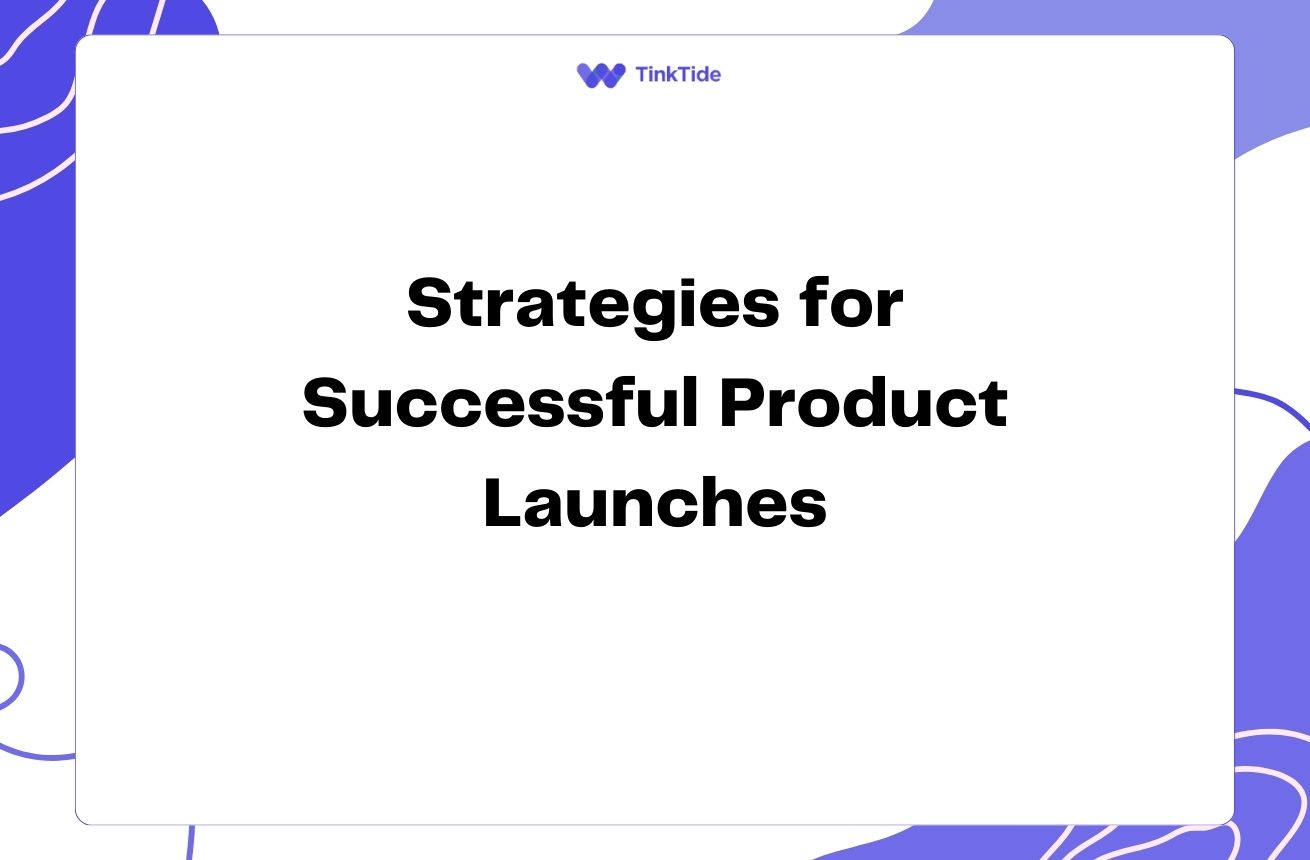Leveraging Customer Feedback in Journey Mapping for Success
The Power of Customer Feedback in Journey Mapping
Customer feedback is the lifeblood of successful businesses. It provides invaluable insights into your customers' experiences, preferences, and pain points. When integrated into journey mapping, customer feedback becomes a powerful tool for continuous improvement and enhanced customer satisfaction.
Journey mapping, a visual representation of a customer's interactions with your brand, becomes exponentially more effective when infused with real customer feedback. It transforms theoretical customer journeys into data-driven, actionable roadmaps for improvement.
By incorporating customer feedback into your journey maps, you're not just guessing what your customers want – you're listening to them directly. This approach allows you to identify pain points, highlight areas of excellence, and uncover opportunities for innovation that you might otherwise miss.
Let's explore how you can harness the power of customer feedback to create more accurate, impactful journey maps that drive real business results.
Why Customer Feedback Matters in Journey Mapping
Customer feedback is crucial in journey mapping for several reasons:
- Validates assumptions: It helps confirm or challenge your existing beliefs about the customer journey.
- Identifies blind spots: Feedback can reveal issues or opportunities you might have overlooked.
- Prioritizes improvements: It helps you focus on changes that will have the most significant impact on customer satisfaction.
- Personalizes experiences: Feedback allows you to tailor journeys to specific customer segments or personas.
- Drives innovation: Customer insights can inspire new products, services, or processes.
Collecting Meaningful Customer Feedback
To incorporate customer feedback effectively, you need to collect it systematically. Here are some methods to gather valuable insights:
1. Surveys: Use tools like SurveyMonkey or Typeform to create targeted questionnaires. These can be sent via email, displayed on your website, or conducted over the phone.
2. Customer Interviews: Conduct one-on-one interviews or focus groups to gain in-depth insights. These qualitative methods can reveal nuances that quantitative data might miss.
3. Social Media Monitoring: Use tools like Hootsuite or Sprout Social to track mentions of your brand and gather unsolicited feedback.
4. Customer Service Interactions: Analyze support tickets, chat logs, and call transcripts to identify common issues and pain points.
Integrating Feedback into Your Journey Maps
Once you've collected customer feedback, it's time to incorporate it into your journey maps. Here's how:
1. Identify Touchpoints: Map out all the interactions customers have with your brand, from awareness to post-purchase support.
2. Add Feedback Data: For each touchpoint, include relevant customer feedback. This could be quantitative data (like satisfaction scores) or qualitative insights (like common complaints or praise).
3. Highlight Pain Points: Use customer feedback to identify and emphasize areas of friction or dissatisfaction in the journey.
4. Showcase Positive Experiences: Don't forget to highlight what's working well. Use feedback to identify and amplify positive touchpoints.
Using Journey Maps for Continuous Improvement
With customer feedback integrated into your journey maps, you're well-positioned to drive continuous improvement. Here's how to leverage these insights:
1. Prioritize Improvements: Use the feedback-enhanced journey map to identify the most critical areas for improvement. Focus on changes that will have the biggest impact on customer satisfaction and business outcomes.
2. Develop Action Plans: For each identified improvement area, create a detailed action plan. Include specific steps, responsible parties, and timelines.
3. Test and Iterate: Implement changes on a small scale first. Gather feedback on these changes and refine your approach before rolling out more broadly.
4. Monitor and Measure: Continuously track customer feedback and key performance indicators (KPIs) to ensure your improvements are having the desired effect.
Best Practices for Feedback-Driven Journey Mapping
To make the most of customer feedback in your journey mapping efforts, consider these best practices:
- Update Regularly: Customer preferences and behaviors change over time. Regularly update your journey maps with fresh feedback.
- Involve Multiple Departments: Share journey maps across your organization to ensure all teams are aligned on customer needs and priorities.
- Use Visual Elements: Incorporate visual cues in your journey maps to highlight feedback. For example, use color coding to indicate satisfaction levels at different touchpoints.
- Segment Your Maps: Create separate journey maps for different customer personas or segments to capture unique needs and experiences.
- Close the Feedback Loop: Let customers know how their feedback is being used to improve their experience. This encourages ongoing participation in feedback initiatives.
Tools for Feedback-Enhanced Journey Mapping
Several tools can help you create and manage feedback-enhanced journey maps:
- Smaply: Offers journey mapping tools with the ability to incorporate quantitative and qualitative data.
- UXPressia: Provides journey mapping features with options to add customer quotes and satisfaction scores.
- Lucidchart: A versatile diagramming tool that can be adapted for journey mapping with customer feedback integration.
- Miro: A collaborative online whiteboard that's great for creating visual journey maps with team input.
Address common questions
Let's address some frequently asked questions about incorporating customer feedback into journey mapping:
How often should we update our journey maps with new feedback?
It's best to update your journey maps regularly, ideally on a quarterly basis. However, the frequency may vary depending on your industry and how quickly customer preferences change. At a minimum, aim for bi-annual updates to ensure your maps remain relevant and accurate.
What if customer feedback contradicts our internal assumptions?
This is actually a valuable discovery! If customer feedback contradicts your assumptions, it's an opportunity to realign your understanding with reality. Use this as a chance to dig deeper, perhaps through follow-up interviews or surveys, to understand the root causes of the discrepancy. Then, update your journey maps and strategies accordingly.
How can we encourage customers to provide honest feedback?
To encourage honest feedback, make the process easy and show customers that their input is valued. Use short, focused surveys at key touchpoints. Offer incentives for participation, but be careful not to bias responses. Most importantly, demonstrate how you're using feedback to make improvements – this encourages ongoing participation.
What's the best way to present customer feedback in journey maps?
Use a combination of quantitative and qualitative data. You might include satisfaction scores or Net Promoter Scores (NPS) at each touchpoint, along with representative customer quotes. Visual elements like color coding (e.g., red for pain points, green for positive experiences) can make the feedback easy to interpret at a glance.
How do we balance different types of feedback in our journey maps?
Aim for a holistic view by incorporating various feedback types. Quantitative data can provide an overview of performance at each touchpoint, while qualitative feedback offers deeper insights into the 'why' behind the numbers. Also, consider the volume and recency of feedback – give more weight to recent trends and frequently mentioned issues.
Can journey mapping with customer feedback help with product development?
Absolutely! Journey mapping enriched with customer feedback can be a goldmine for product development. It can highlight unmet needs, reveal how customers are actually using your products, and inspire ideas for new features or entirely new products. Use your journey maps to identify opportunities for innovation throughout the customer lifecycle.
Provide additional resources
The Ultimate Guide to Customer Journey Mapping
A comprehensive guide to creating and using customer journey maps
How to Create a Customer Journey Map
Step-by-step instructions for creating effective customer journey maps
The Power of Journey Mapping
McKinsey's insights on the strategic importance of journey mapping
Customer Feedback Strategies
Strategies for collecting and leveraging customer feedback
Journey Mapping Tools Comparison
A comparison of popular journey mapping tools by Nielsen Norman Group
Summarize key takeaways
Incorporating customer feedback into your journey maps is a powerful strategy for improving customer experiences and driving business growth. By systematically collecting and integrating customer insights, you can create more accurate, actionable journey maps that highlight both pain points and opportunities.
Remember, journey mapping is not a one-time exercise but an ongoing process of learning and improvement. Regularly update your maps with fresh feedback, involve multiple departments in the process, and use the insights gained to drive continuous improvement across your organization.
Start enhancing your journey maps with customer feedback today. Your customers – and your bottom line – will thank you for it.
Elevate Your Customer Experience Strategy
Ready to transform your customer journey maps with powerful feedback integration? Try Tinktide for free and start creating data-driven, customer-centric experiences.
Start Your Free Trial

